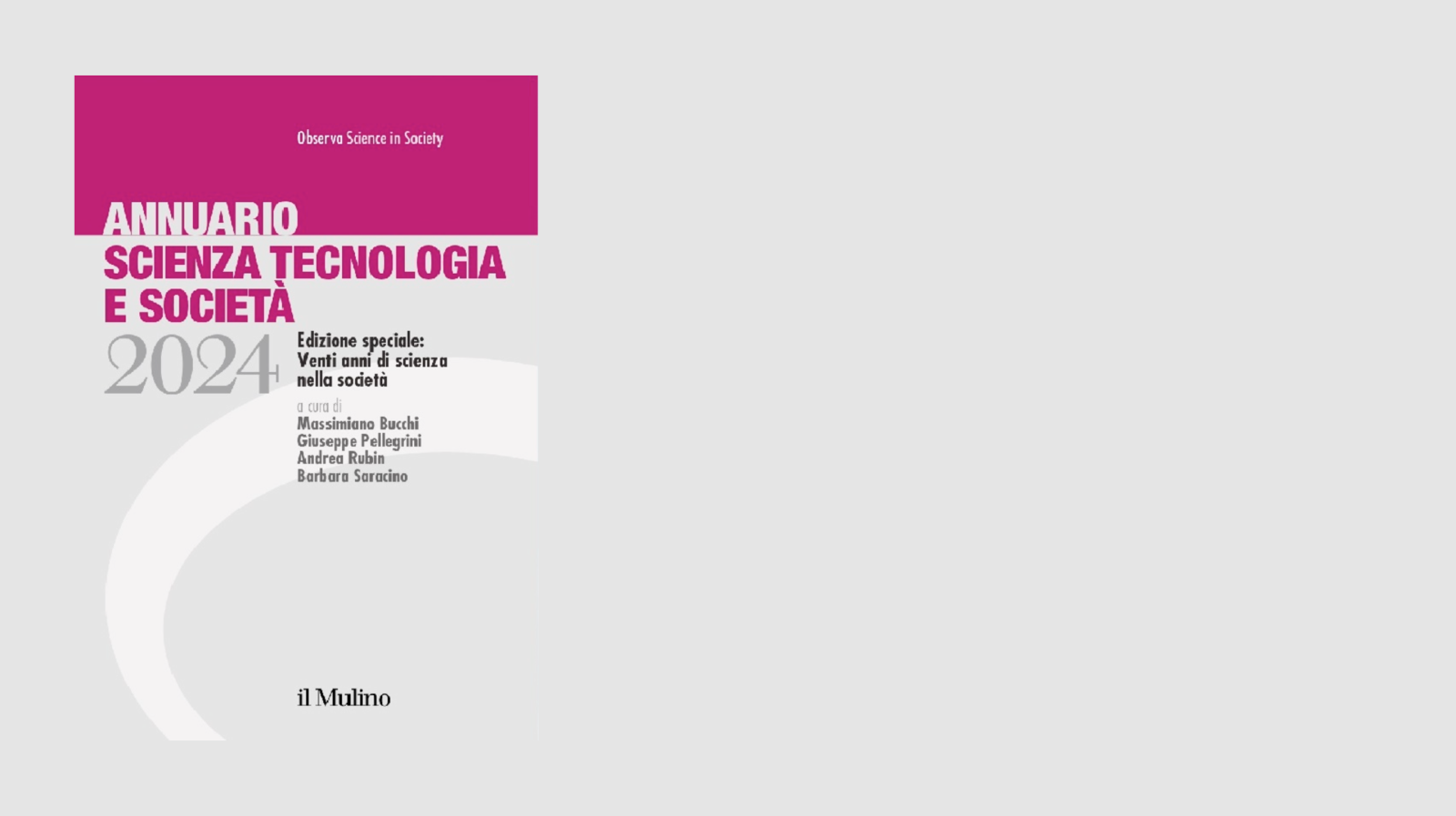In Japan, according to the Ministry of Education, Culture, Sports, Science and Technology, women accounted for 14 percent of
science and engineering students at universities. In the humanities, they make
up 66 percent. The low ratio of female students in science and engineering is
related to the widely shared perception that studying sciences could be the
kiss of death for young Japanese woman's romantic life: the men think that the
women in science, disheveled and who does not care about beauty, are not cute.
“With the population shrinking, we need to
tap into women in order to generate capable engineers in the future”, said Toshio
Maruyama, executive vice president for education and international affairs
at the Tokyo Institute of Technology (Titech), one of the leading science
schools in Japan.The Japanese government is especially concerned by the fact that only 13
percent of Japanese scholars and researchers are women, which is a lower
proportion than Europe, the United States and South Korea.
For some years now, TiTech and other Japanese
universities are trying to change the trend by attracting high school girls and
their parents with science-themed fairs, workshop, campus tours and lab visits.
Some send young female researchers across the country as ambassadors.The
government, in the 2008, began subsidized programs to support scientific
research conducted by female scientists and increased funding to help
universities employ more of them.Today, the topic of women entering these field
has become fashionable: they even have a nickname: “Rikejo”, “science in
women”. Publishers print magazines for young women interested in sciences, and
there is a novel about a “mathematics girl”.
Naoto Ohtake, engineering professor at TiTech, remembers that when he began to study in the 1982 there were no females, while today about 6 percent of Titech's mechanical engineering students are women.
A.G.

